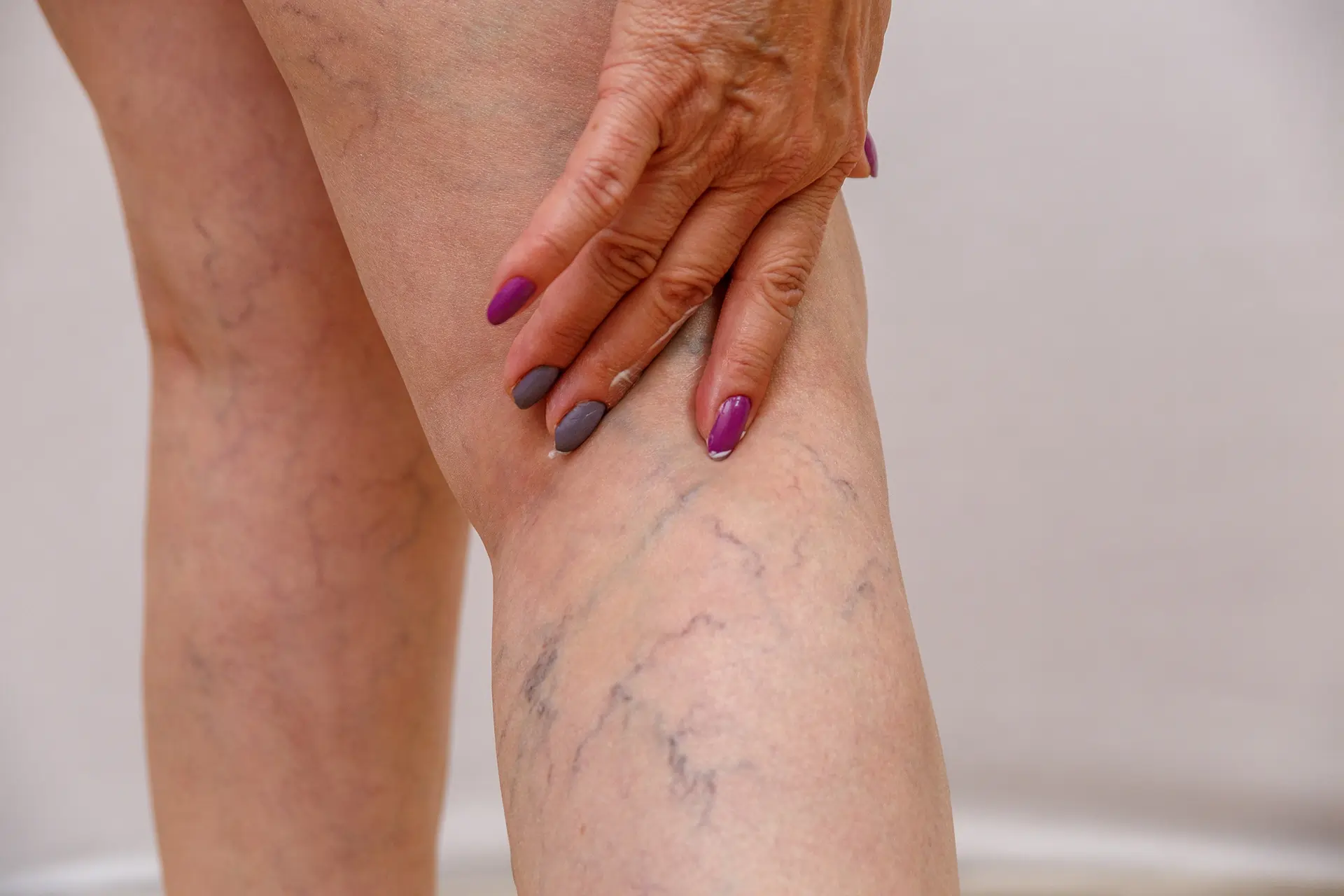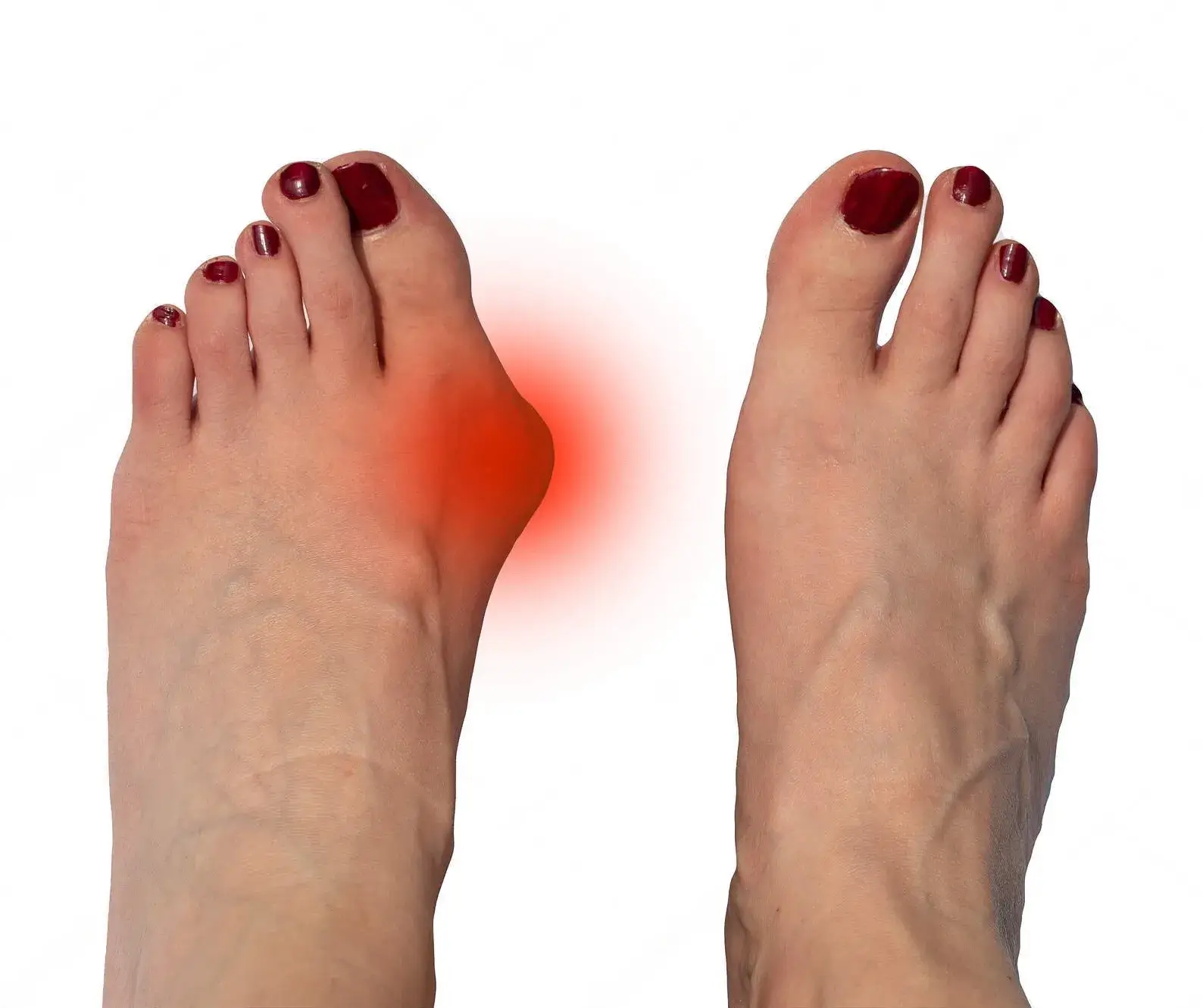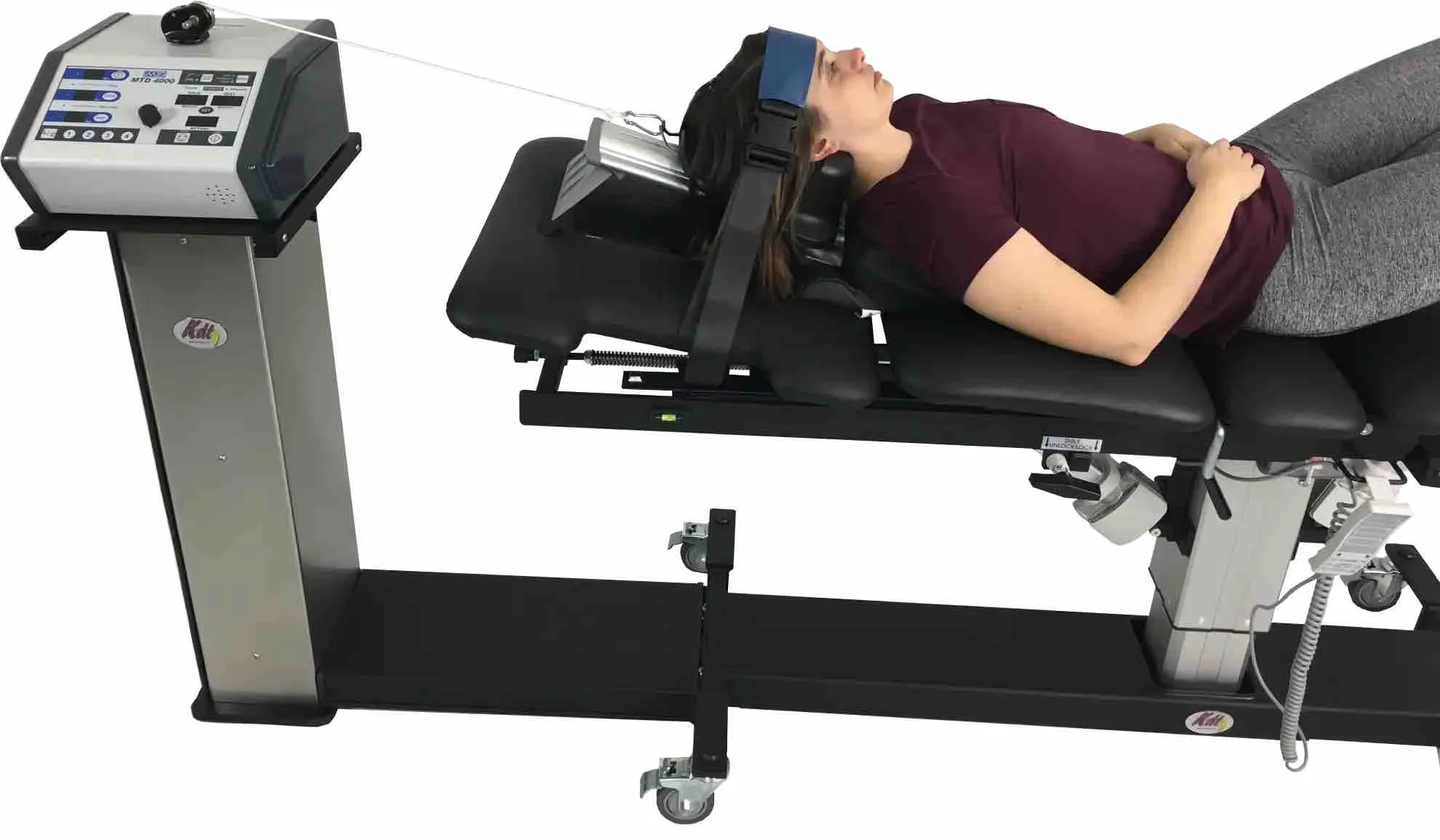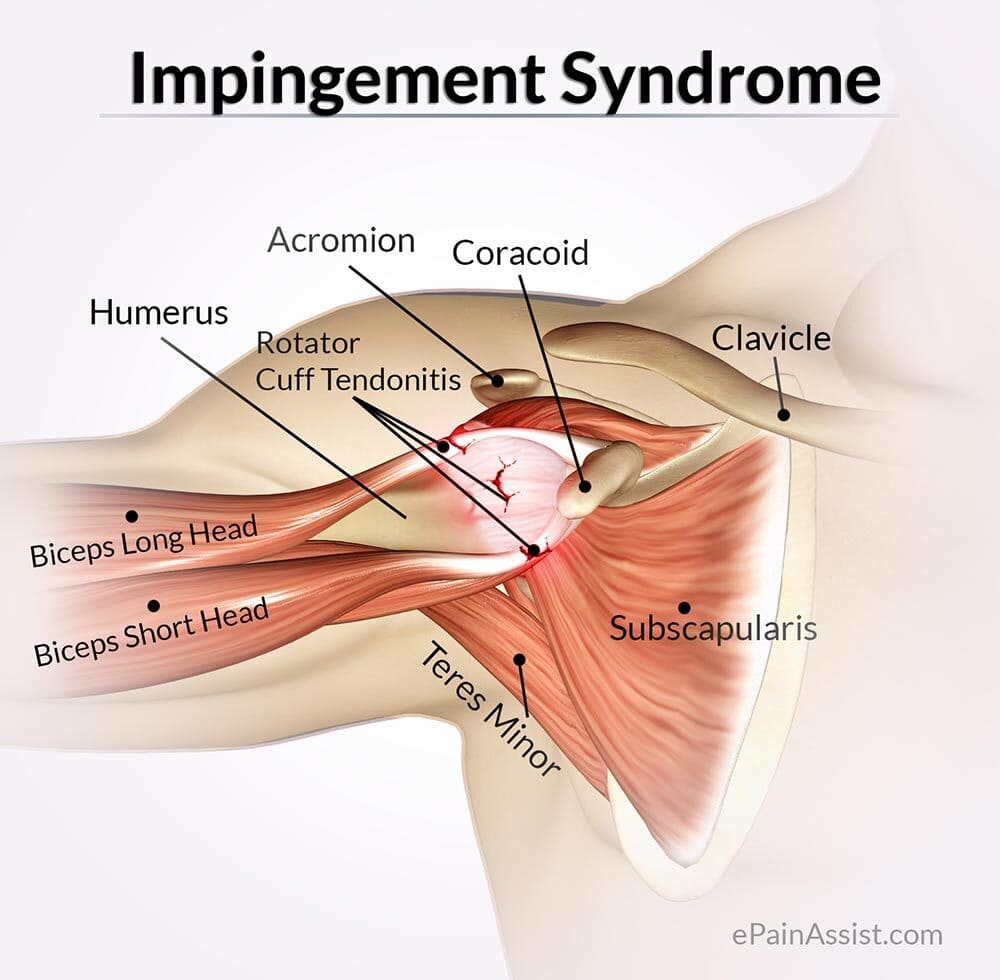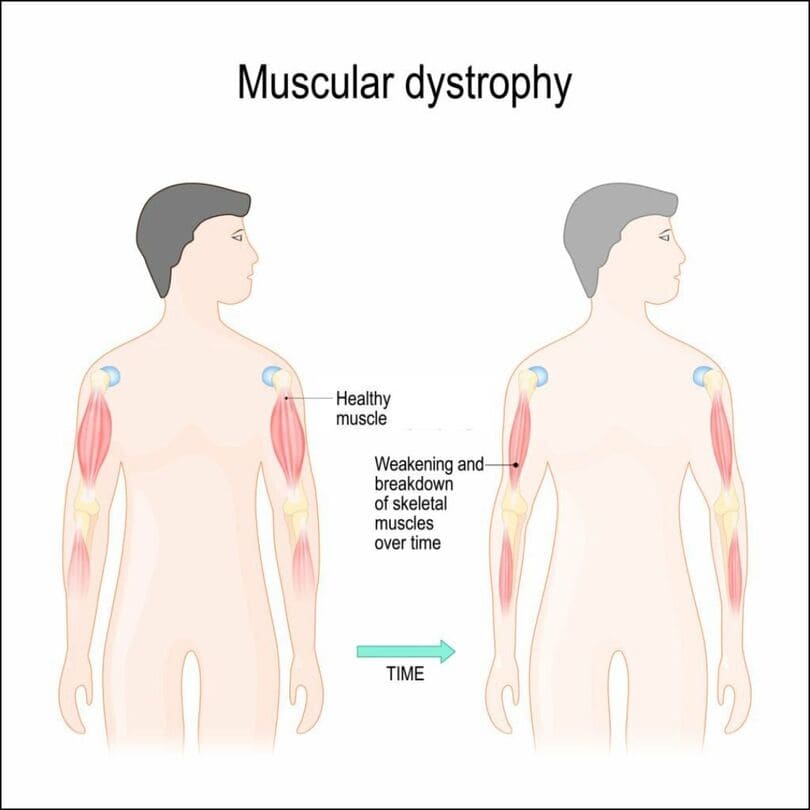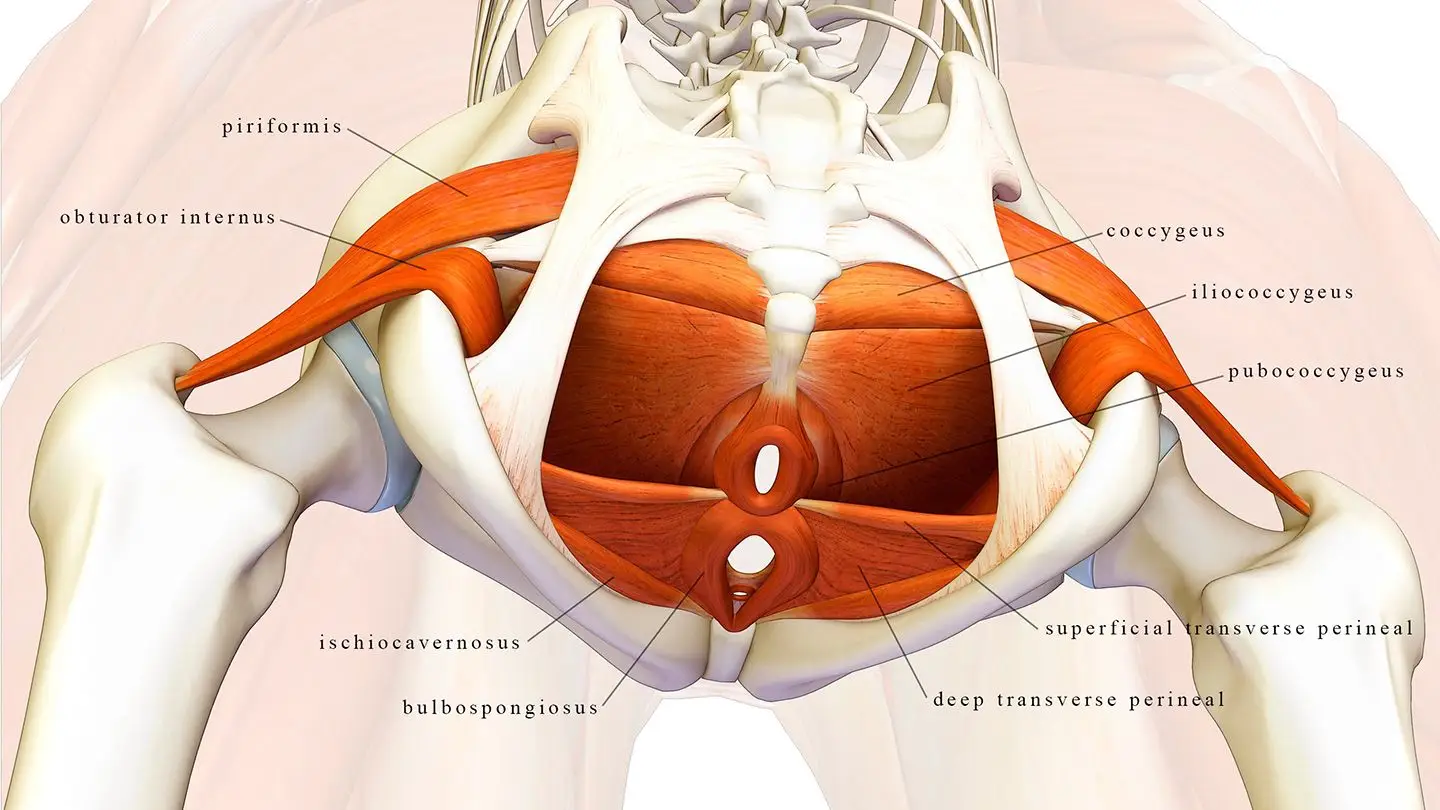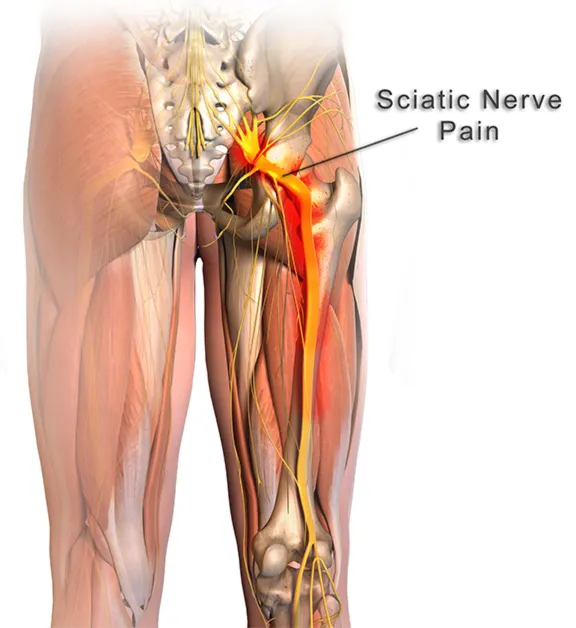
Overview
Metatarsalgia is a painful condition affecting the ball of the foot, caused by inflammation and stress on the metatarsal bones at the base of the toes. It often results from overuse or increased pressure on the foot, commonly due to foot deformities, improper footwear, or high-impact activities like running. Symptoms include sharp, aching, or burning pain in the ball of the foot, which tends to worsen with movement. While not a condition on its own, metatarsalgia is often a symptom of other underlying issues. Treatment typically starts with rest, ice, and supportive footwear, with more persistent cases requiring medical intervention.
Symptoms of Metatarsalgia
The primary symptom of metatarsalgia is pain in the ball of the foot, often described as sharp, aching, burning, or shooting. This pain usually worsens with activities such as walking, running, or standing. Other symptoms may include:
- Numbness or tingling in the toes.
- A sensation of stepping on a pebble or having something stuck in your shoe.
- Pain that develops gradually over time, though it can occasionally come on suddenly.
- In some cases, swelling or inflammation may accompany the pain, especially if associated with other conditions like bursitis.
The discomfort is typically focused under one or more of the metatarsal bones but can also spread to the middle of the foot in more severe cases. Athletes, particularly those involved in high-impact sports, often experience more widespread and persistent symptoms.
Causes of Metatarsalgia
Metatarsalgia occurs when excessive pressure or stress is placed on the ball of the foot, often due to various factors related to foot structure, activity level, and footwear. The causes can be classified into three main categories: primary, secondary, and iatrogenic.
1. Primary Causes
Primary metatarsalgia occurs when there is an issue with the structure of the foot or the metatarsal bones themselves. Factors include:
- Foot Deformities: Conditions like bunions, hammertoes, and high arches can alter pressure distribution across the foot.
- Second Toe Longer Than the Big Toe: This shifts more weight onto the second metatarsal head, causing extra pressure.
- Prominent Metatarsal Heads: This structural abnormality leads to increased impact on certain areas.
- Tight Toe Extensors or Weak Toe Flexors: Imbalances in muscle strength can contribute to improper foot mechanics.
2. Secondary Causes
Secondary metatarsalgia arises from external factors that increase pressure on the forefoot. These include:
- High-Impact Activities: Running, jumping, and other sports that put repetitive stress on the metatarsals.
- Ill-Fitting Shoes: High heels, narrow-toed shoes, or footwear lacking support increase pressure on the forefoot.
- Inflammatory Conditions: Diseases like rheumatoid arthritis, gout, or Morton’s neuroma (where fibrous tissue grows around a nerve) can cause pain similar to metatarsalgia.
- Obesity: Excess body weight places additional stress on the forefoot during movement.
- Foot Trauma or Stress Fractures: Small fractures in the metatarsal bones or torn ligaments can lead to metatarsalgia-like pain.
- Hypermobile First Foot Bone: Increased movement in the first metatarsal can shift pressure onto other areas of the foot.
3. Iatrogenic Causes
Iatrogenic metatarsalgia occurs as a complication of foot surgery or medical treatments. Common causes include:
- Post-Surgical Complications: Procedures such as bunion surgery can lead to altered foot structure, affecting the metatarsal bones and causing pain.
- Improperly Healed Fractures: Bones that fail to heal properly can lead to increased pressure on the forefoot.
Other Contributing Factors:
- Tight Achilles Tendon: This can pull on the heel and alter foot mechanics, increasing forefoot pressure.
- Excessive Pronation: Over-rotation of the foot when walking can contribute to metatarsal stress.
Each of these factors can contribute to the onset of metatarsalgia, either individually or in combination, making proper footwear, weight management, and activity modifications crucial in preventing and managing the condition.
Risk Factors for Metatarsalgia
Metatarsalgia can affect anyone, but certain factors increase the likelihood of developing this condition. The most common risk factors include:
- High-Impact Sports: Athletes who participate in activities that involve running, jumping, or frequent forefoot pressure, such as track and field, tennis, football, baseball, and soccer, are at a higher risk of developing metatarsalgia.
- Foot Structure: People with high arches, foot deformities, or a second toe longer than the big toe are more prone to excessive pressure on the metatarsals.
- Improper Footwear: Wearing high heels, shoes with narrow toe boxes, or footwear lacking support increases the pressure on the forefoot and raises the risk of metatarsalgia.
- Inflammatory Conditions: Pre-existing conditions like osteoarthritis, rheumatoid arthritis, gout, and other diseases that cause joint inflammation can contribute to forefoot pain.
- Age: As people age, the fat pad that cushions the ball of the foot thins, making the metatarsals more vulnerable to stress and pain.
- Obesity: Excess weight puts additional pressure on the forefoot, increasing the risk of metatarsalgia.
- Lack of Proper Foot Support: Failing to wear supportive shoes during high-impact activities or daily tasks, such as walking up stairs or using ladders, increases the risk of metatarsal pain.
By addressing these risk factors through proper footwear, maintaining a healthy weight, and managing any underlying health conditions, you can reduce the likelihood of developing metatarsalgia.
Management and Treatment of Metatarsalgia
Treatment for metatarsalgia generally begins with conservative, non-invasive methods aimed at relieving pain and reducing pressure on the affected area. Common management options include home remedies, medical treatments, and, in more severe cases, surgery.
Home Remedies:
- RICE Method: Rest, Ice, Compression, and Elevation to reduce swelling and pain.
- Pain Relief: Over-the-counter (OTC) medications like acetaminophen (Tylenol®) or ibuprofen (Advil®) can help manage pain.
- Cold Compress: Apply a cool compress for up to 20 minutes every 2-3 hours.
- Proper Footwear: Wear shoes with adequate support and cushioning; avoid high heels or tight, pointed shoes.
- Shoe Inserts: Use shock-absorbing insoles, arch supports, or metatarsal pads to relieve pressure on the foot.
- Stretching: Perform gentle foot and ankle stretches to maintain flexibility.
- Elevate the Feet: Rest with your feet elevated to reduce swelling.
- Maintain a Healthy Weight: Reducing body weight can lessen pressure on the forefoot.
Medical Treatment:
- Orthotics: Custom orthotics or cushioned insoles can provide extra support to the foot and reduce pressure on the metatarsals.
- Callus Removal: A doctor may remove calluses to alleviate pressure on the affected area.
- Medications: Nonsteroidal anti-inflammatory drugs (NSAIDs), such as ibuprofen or naproxen, can reduce pain and inflammation. Steroid injections may be recommended for severe pain or nerve irritation.
- Physical Therapy: Targeted exercises and physical therapy may help strengthen the foot and alleviate symptoms.
- Immobilization: If a fracture is present, the foot may need to be immobilized using adhesive straps or a cast.
Surgical Options:
If conservative treatments fail, surgery may be required to address underlying issues such as:
- Bone Reshaping: Correcting foot deformities like hammertoe or claw toes.
- Nerve Relief: Surgery may be necessary to release or remove an irritated nerve, such as in cases of Morton’s neuroma.
- Pinched Nerve: Nerve block procedures may be performed in combination with long-acting steroids to alleviate nerve pain.
Recovery from metatarsalgia typically involves a gradual return to normal activities, starting with low-impact exercises such as swimming. By following the appropriate treatment plan, most people can manage metatarsalgia and prevent further discomfort.
Conclusion
Metatarsalgia is a common condition that causes pain and inflammation in the ball of the foot, often resulting from excessive pressure or high-impact activities. While it can be painful, most cases can be effectively managed with conservative treatments such as rest, ice, over-the-counter pain relief, proper footwear, and shoe inserts. For more severe cases or underlying conditions, medical intervention like physical therapy, orthotics, or even surgery may be required. By addressing the root causes and making necessary lifestyle adjustments, individuals can significantly reduce symptoms and prevent future occurrences of metatarsalgia.

